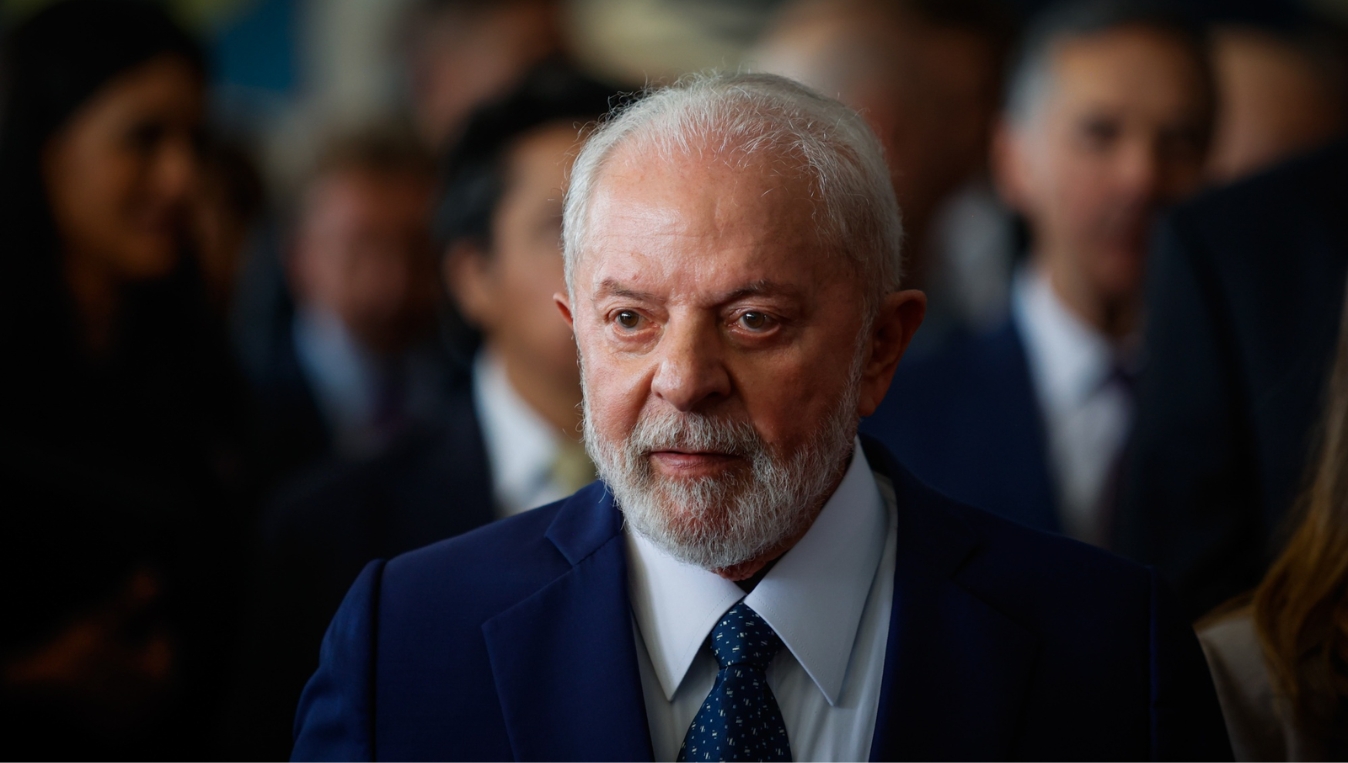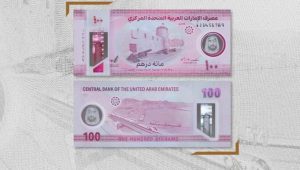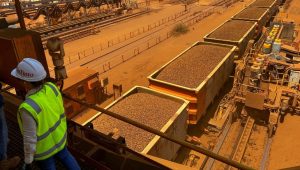On Monday, Brazil President Luiz Inacio Lula da Silva launched an industrial development plan of investing 300 billion reais into Brazil’s ageing industries for the next decade. He referred to the plan as a “re-industrialization” initiative designed to change policies that prioritised agricultural production and exports over national industry. At the launch event, he said, “For once and for all, we need to overcome the problem of Brazil always being on the verge but never quite becoming a developed country.”
Lula aims to boost the sluggish growth with state credits and subsidies with a playbook identical to the previous strategy he used from 2003 to 2010. However, these efforts went in vain after a fall in commodity prices, a corruption scandal, and Lula’s imprisonment.
Soon after the leftist announcement, investors considered it a possible threat to the country’s fiscal health. Additionally, the Brazilian real (BR) increased its fall against the US dollar, and BR concluded the trading day with a loss of 1.2%.
Jefferson Rugik, director of brokerage Correparti, stated that the programme may incur government expenditures. According to him, the market is currently adjusting by seeking protection in the dollar.














